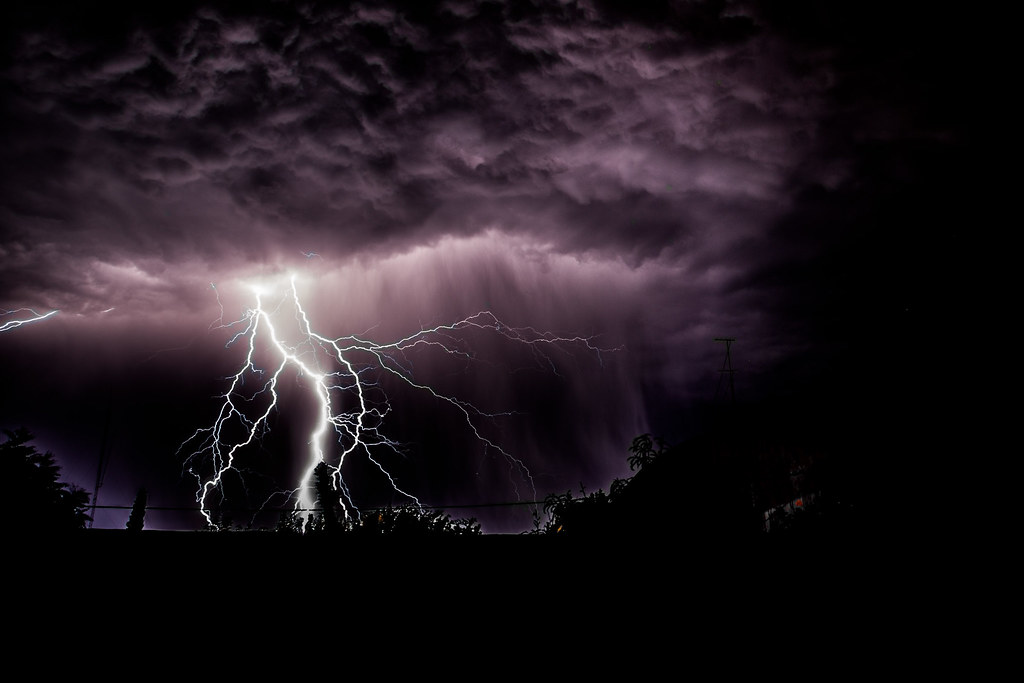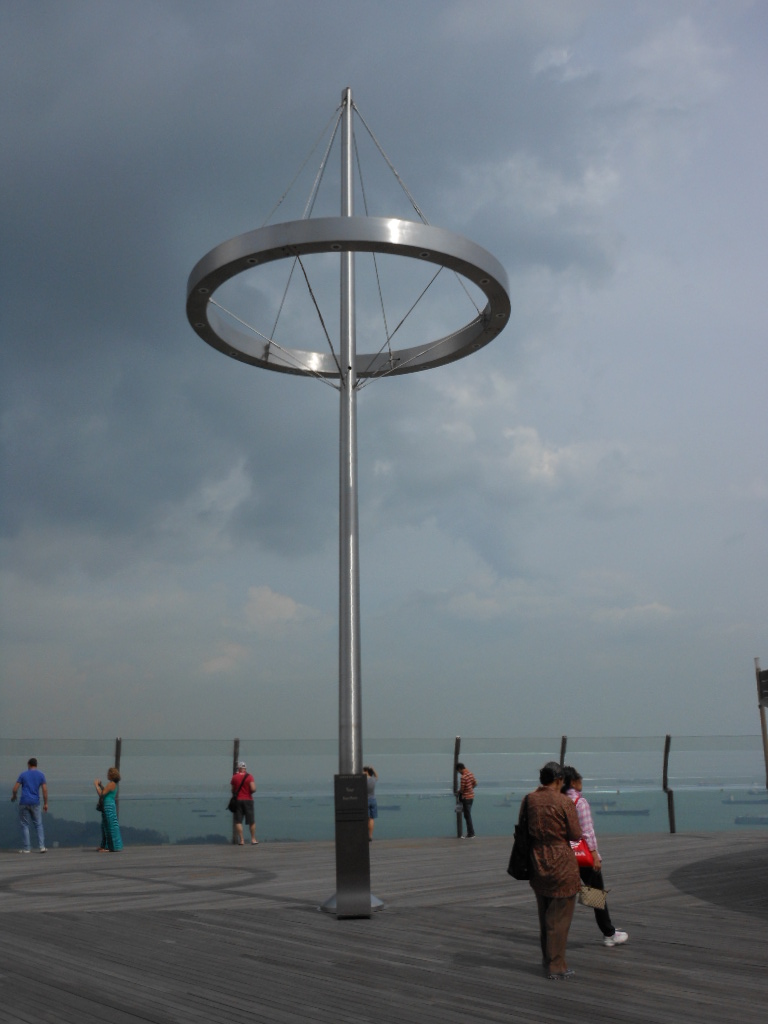Why must large lightning rods be installed on large buildings?
In the summer, there are usually thunderstorms; you can see the thunder and lightning. In the air, why does lightning appear? It is the air between the clouds or between the clouds and the ground hit by extremely high voltages, causing violent discharges. The energy of this type of discharge is very large; the voltage is several hundred million volts, the current is as high as a few tens of thousands of amps. The discharge center’s temperature is also tens of thousands of degrees Celsius; the power of thunder is very terrible. If this type of discharge occurs between the cloud and a tall building, it will damage the building and cause a fire. Suppose that someone was right in the discharge area or nearby, it would be hit by lightning. It is a kind of natural disaster, often called lightning.
Therefore, many tall buildings have lightning rods or lightning rods, which protect the building from lightning strikes. The lightning rod was invented by American scientist Franklin in 1752. How does it work “lightning protection”?
The lightning rod is not lightning protection, but rather taking advantage of its favorable position pointing to the sky to attract lightning into itself, withstand lightning, thereby protecting other devices from being struck by lightning. The lightning rod consists of three components: the air-termination, the conductor, and the grounding plate. The parts of lightning rods must have very small resistances; the section must reach a certain size to withstand the great lightning current flowing through. Air-termination, usually using galvanized round steel with a diameter of over 4 cm or a steel pipe to produce, about 2 m or more in length. It must be firmly installed on top of the building or the chimney. Conductor connecting the air-termination to earth ground galvanized wire, or flat steel wire may make it. The grounding plate must be buried at a certain depth below the ground and in good contact with the soil, easily transmitting lightning current to the deep ground. Natural grounding objects, such as tap water, sewage pipes, etc., can also make grounding plates.

In addition, when thunderstorms come close to an architectural building or equipment, the charges we touch along the top of the lightning rod can, in turn, conduct spike discharges, neutralizing each other with lightning. Therefore, lightning rods can also avoid the occurrence of induced lightning.
Where to install a high lightning rod good? Of course, the higher, the better. The higher the mounting, the greater the protection scope. But it should not be too high because so the lightning rod’s stability will be in trouble when the wind is strong, it can be tilted, or collapse will lose the effect of lightning. Therefore, it is common to install several lightning rods with the same safety protection effect on architectural buildings with a relatively large scope.
Every time a thunderstorm rains, on the outskirts, do not go to shelter under a big tree, because when thunderstorms discharge to the ground, always follow the nearest path; the tree that rises above the ground is The best discharge path. We often see when lightning always broke some tall trees. If you hide under trees to avoid rain, then there is a risk of lightning.




